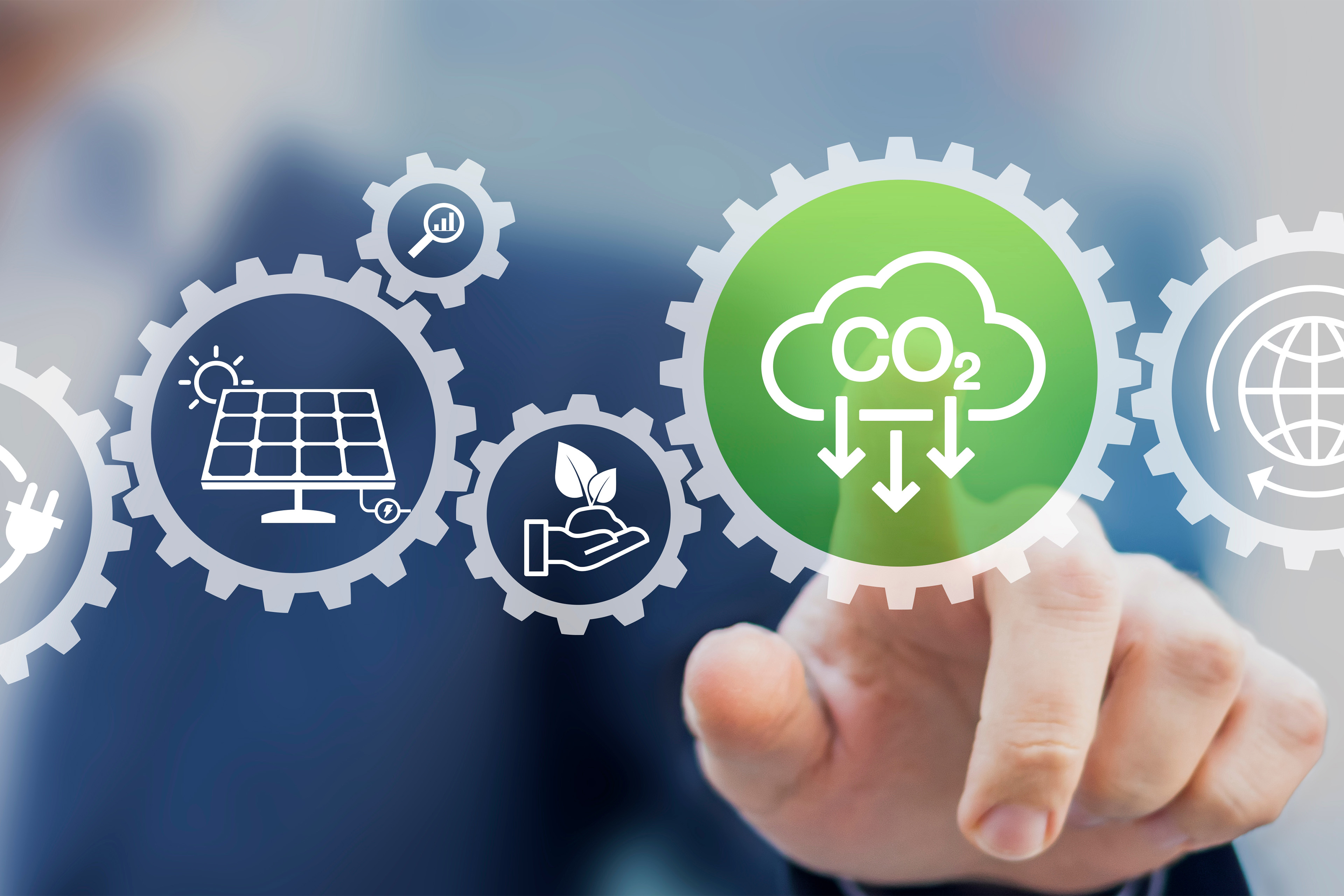EY refers to the global organization, and may refer to one or more, of the member firms of Ernst & Young Global Limited, each of which is a separate legal entity. Ernst & Young Global Limited, a UK company limited by guarantee, does not provide services to clients.

India Tax Insights
EY India Tax magazine shares insights from EY Tax Partners and Industry leaders on evolving tax and policy change and economic developments, to gear-up the businesses and tax professionals.
While the program is largely inclusive, there are several areas that lack detail and require more clarity like definition of term ‘Green Hydrogen’, guidelines for monitoring the 60,000 hours performance guarantee of manufactured electrolysers, and guidelines that are to be followed for verifying the localized content of the manufactured product.Whilst it is expected that most of these concerns would be addressed by the regulators in due course of time, some key parameters/ guidelines pertaining to product quality standards, etc should be clarified beforehand as it would enable companies to assess their investment commitments in more realistic terms. Genuine concerns are also raised by electrolyser manufacturers with respect to the 50% local sales condition, as it is believed that such stringent criteria may desist the Indian players from getting better bargain for their products in global markets.
Further, given the competitive nature of bidding mechanism, it becomes imperative that the bidders assess the whole landscape of incentives available in the country, whether from Central government or from different State government schemes/ policies. Ensuring better ROI for the projects would be crucial for delivering optimum Levelized Cost of Hydrogen (LCOH) in the long term and for ensuring competitiveness of the sector vis-a-vis Blue or Grey Hydrogen.
In addition to the direct form of fiscal benefits, additional measures like competitive bidding for aggregated demand as well as certain mandatory purchase obligations for select consumption sectors are also under the anvil and could be expected to be released soon. Whilst all these measures shall provide the required impetus to this sector at initial stages, its long-term success would depend on development of novel technologies and on establishment of projects that could achieve true economies of scale.
While the spotlight presently is on the Green Hydrogen space, it is also pertinent to observe the latest happenings in related manufacturing sectors. The recent announcement by Finance Minister with respect to extension of PLI benefits to Chemicals and Petrochemicals sector, and the latest held industry-wide consultation by the Ministry of Heavy Industries for Advance Chemistry Cell manufacturers, have created positive ripples in the global manufacturing ecosystem and has again indicated GOIs seriousness towards its clean energy commitments. The recent projections on India’s GDP upwards of 6% growth target as well as upgrade of India’s ranking to ‘overweight’ by global brokerage firms, is yet another reflection of faith in the Indian growth story.
The article is also contributed by Mohit K Sharma, Senior Manager, Indirect Tax, EY India.






